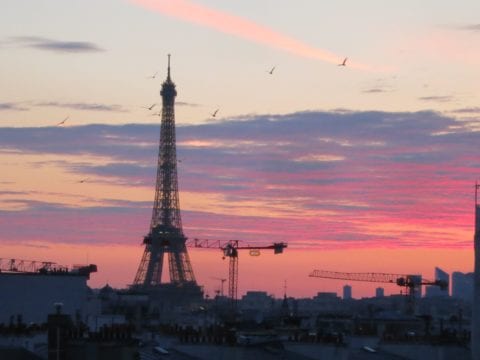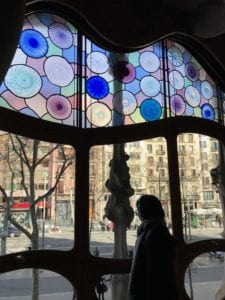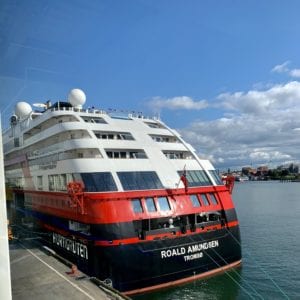Today most travelers have experienced overtourism and huge crowds at the popular tourist destinations: the Statue of Liberty, Yosemite National Park, Barcelona, the Louvre and Eiffel Tower. The statistics of overtourism in Europe are staggering: Barcelona received 9.7 million tourists in 2022, with 29.8 million overnight stays recorded in all. Many consumers are feeling pangs of environmental guilt named “flight shame” about whether to take a flight or not due to the aircraft carbon emissions. The idea began in Sweden (named flygskam) and has picked up speed in Europe and North America.

Last may in Paris, workers at the Louvre Museum went on strike for one day to protest the huge crowds. They stated that the massive crowds made the museum “dangerous and unmanageable”. In Venice, in high season, from April to October, 32,000 cruise ship passengers disembark every day (Source: CNN). City officials have installed turnstyles to control the flow of pedestrians and they plan to charge day visitors an $11 entrance fee.

Every visitor wants to see the Gaudi architectural wonders in Barcelona, like this home. We visited in February, off-season and didn’t have an issue with overcrowding.
What are the reasons for overtourism?
-
- The cruise industry. Huge cruise ships mean that thousands of passengers spill out into port cities each day. Ship passengers crowd into the historic old towns, monuments, cathedrals, museums and shops during the day and return to the ship in time for dinner.
- Airbnb and other “home share” organizations have made thousands of beds available in popular cities. They can undercut the cost of hotels.
- The low cost of travel. This includes the cheap cost of flights to Europe and within Europe.
- The ease of travel.
- The growing middle class worldwide.
What can you do to avoid crowds?
- Consider when and where you want to travel. If you can, travel off season. We visited Barcelona (one of the cities sited to be among the worst in Europe) in February and didn’t experience the overcrowding. Other cities in the news recently regarding overtourism are: Amsterdam, Venice, and Dubrovnik.
- Visit attractions late in the afternoon. Take the hike at dinnertime. For example, we hiked Angel’s Landing in Zion National Park at dinnertime and it was not only cooler but also we had very few fellow hikers. Tour the Taj Mahal at sunrise and return later in the day after the tour buses leave to see it at sunset.
- Look for smaller, overlooked towns and regions. Think of going to the mountains or small towns.
- Do your research before you leave to know what times of the day, or month, are best to visit popular attractions.
- Hire a good local guide who knows the best times to visit popular attractions and can help you avoid the crowds.
What can you do to reduce your carbon footprint?
-
- The flight-shamers in Europe urge travelers to take the train instead of air travel. The overall carbon impact of a train trip is much less than that of a plane trip for an equal number of people. So consider rail travel to get around Europe instead of air travel.
- Though they are touted as a way to cancel out greenhouse gas emissions, carbon offsets are not without their problems. The issue is that they allow companies or individuals to feel better about polluting without actually doing anything about those emissions, and that assumes the offset one purchases actually corresponds to real carbon removal or pollution prevention.The EcoWatch team investigated those criticisms to create a comprehensive guide on carbon offsets:
Carbon Offsets 101: Why We Can’t Offset Our Way Out of the Climate Crisis
https://www.ecowatch.com/carbon-offsets-climate-crisis. html - Many cruise companies, hotels, ecolodges, yachts and expedition ships are rated for their level of sustainability. The ratings take into account energy sources, recycling, waste management, water conservation, food sourcing, and other sustainability-focused initiatives. Check out Friends of the Earth for the Cruise Ship Report Card for large cruise lines.
- Choose tour operators, hotels and cruise lines that have green policies. Checkout Hurtigruten Cruiseline’s new hybrid powered ship. Marybeth presented this topic as The Global Correspondent on the radio show: Ontravelradio.

